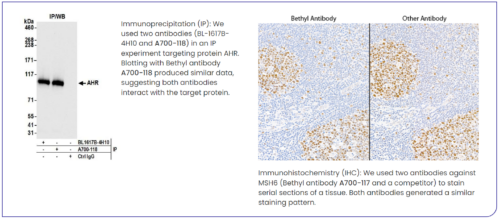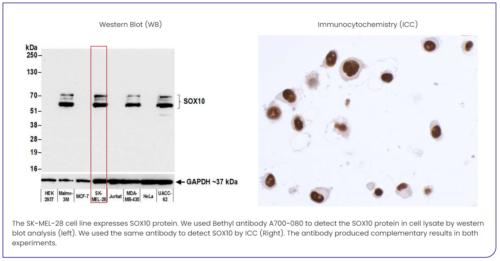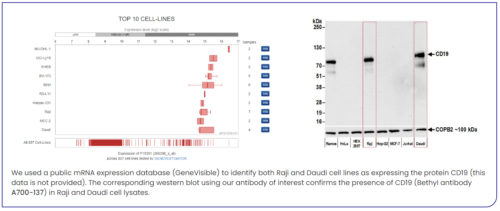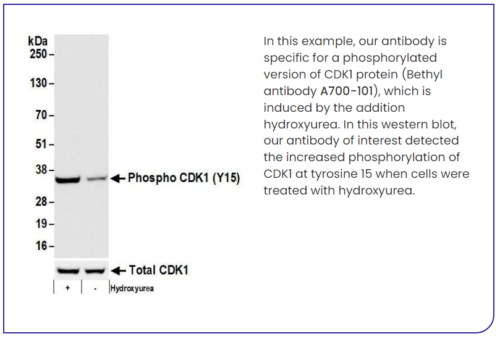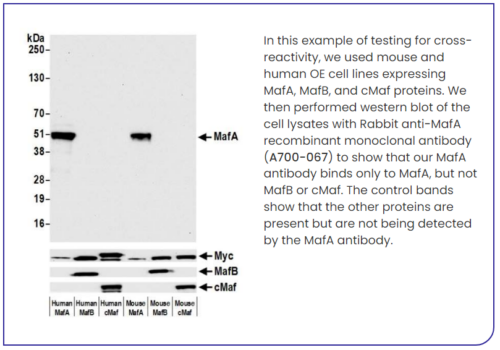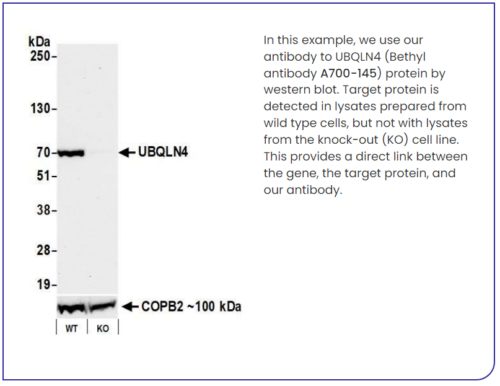Bethyl antibodies are highly regarded for passing strict validation testing before arriving in customers’ hands. Bethyl believes customers can make a more confident purchase when they know how Bethyl antibodies are validated. Read more in this article about the six pillars Bethyl applies in the lab every day for antibody validation.
-
Research area
- Biochemicals
- Blood and Biospecimens
- Cell biology
- Environmental
- Flow Cytometry
- Forensic Science
- Genomics
- Immunology
- Labware
- Microbiology
- Pathology
- Transplantation
429 Too Many Requests 429 Too Many Requests
nginx - Products
- Suppliers
- About us
- Resources
- Events
- Support
- Lab Services
- Promotions







